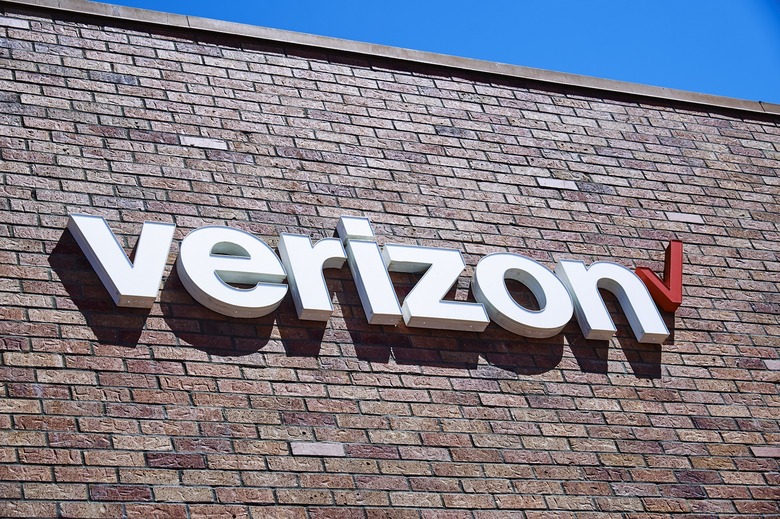Verizon Users, Here's Why You Should Turn Off 5G On Your iPhone 12
- Verizon's 5G Nationwide network was found to be slower than 4G LTE in recent speed tests.
- Verizon's 5G Ultra Wideband network is only available in select cities, and unless you have access to UWB 5G, you might be better off disabling 5G on your iPhone 12.
- Verizon is continuing to expand its 5G UWB network, which is now available in over 60 cities.
In October, millions of Apple fans were introduced to 5G for the first time with the launch of the iPhone 12. Of course, 5G phones had been on sale long before Apple finally took the leap, but US carriers are still working to build out their 5G networks, which means that even consumers who bought a Galaxy S20 or Pixel 5 earlier this year might not have seen why the technology is so exciting. In fact, depending on what carrier you're on, you might be better off disabling 5G altogether, as PCMag reveals in an illuminating piece about the technology standard.
As PCMag's Sascha Segan explains, Verizon's speedy mobile network is based on two systems: a 4G LTE network and a 5G Ultra Wideband network. The problem is that the 5G UWB network is only available in parts of specific cities, and if you aren't in those areas, you will instead use Verizon's 5G Nationwide coverage, which is based on dynamic spectrum sharing (DSS) and reuses parts of 4G channels in order to distribute 5G.
You will still see a 5G symbol in the corner of your display if you're on Verizon's 5G Nationwide network, but PCMag found that the symbol doesn't mean much. In the publication's tests with an iPhone 12 Pro in New York City, speeds on the 5G Nationwide network were often slower than on 4G, and rarely any faster.
"If you don't have any dedicated channels, DSS lets you use the odds and ends of your unused 4G channels for 5G," Segan explains. "The 4G and 5G phones compete for the same 4G channel. The only difference is that the 5G ones are running the 5G encoding system on that channel. There are non-speed advantages to DSS—or there will be in the future, once carriers go to standalone 5G systems—but right now, you're just getting slower performance."
In one test, PCMag compared a OnePlus 8 on Verizon's nationwide 5G with a Galaxy S20 FE on 4G. They also ran the same test on an iPhone 12 Pro that was switching between 4G and 5G coverage. In both instances, the speeds were worse on the phones using the nationwide 5G network than they were on 4G LTE.
Here's what a Verizon spokesperson told PCMag when reached for comment about the story:
For most customers, performance on our 5G nationwide network will be similar to 4G. [DSS] is new technology and we're continuing to modify it as we go. We expect performance improvement through 2021 and beyond.
That's all well and good, but for now, you might be better off disabling 5G on your phone until coverage of the Ultra Wideband network expands further. In order to avoid nationwide 5G on your Verizon iPhone 12, go to Settings > Cellular > Cellular Data Options > Voice & Data and tap on LTE.
